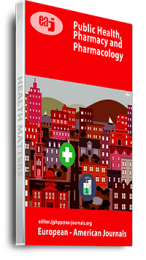The study was carried out to evaluate the level of awareness and subsequent usage of malaria intervention among pregnant women in Imo State Nigeria. The sample population was determined randomly from six (6) Local Government Areas to cover the Three (3) Geopolitical Zones of the Study Area. The subjects were people residing in the twelve local government areas under study. Random sampling technique was used to select 160 respondents (80 from each of the healthcare centers or hospitals) from each Local Government Area. The study included a total of 960 participants. The study was a cross sectional survey for the assessment of the impact of intermittent preventive therapy and insecticide treated nets. Data obtained from the study was analyzed using the statistical package for Social sciences (SPSS). The results obtained showed that 429(44.68%) use IPTp only, 287(29.89%) use ITNs only while 244(25.41%) combine both. From the result, the compliance rate and malaria status of ITN, IPT and ITN+IPT usage revealed malaria infection rate of 51.25% versus 41.25% versus 15.31% in relation to age, 55.31% versus 37.81% versus 14.69% in relation to educational level, 48.44% versus 42.29% versus 17.19% in relation to occupation, 51.25% versus 41.25% versus 15.31% gravidity and (42.50% versus 45.94% versus 19.38%) trimester. This study has been able to establish the fact that some pregnant women do not protect themselves from malaria parasite infection with protective measures such as ITNs and IPTp, in spite of the popularity given to the use of these protective measures, particularly the ITNs which in most centres are distributed free of charge to these pregnant women. This underscores the need creates awareness on the use IPTp among pregnant women.
Keywords: Imo State, Intervention Measures, Malaria, Pregnant Women, awareness

